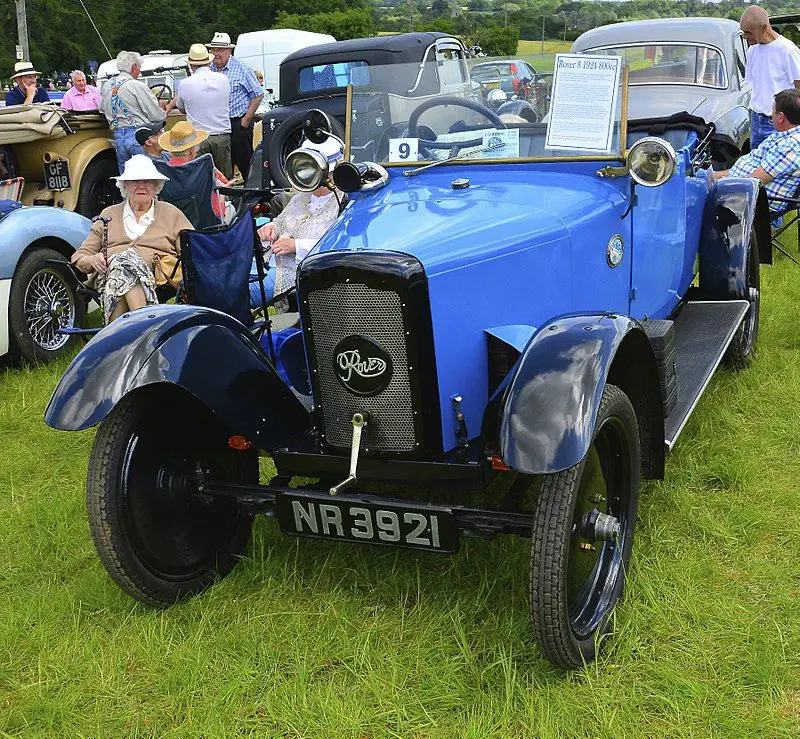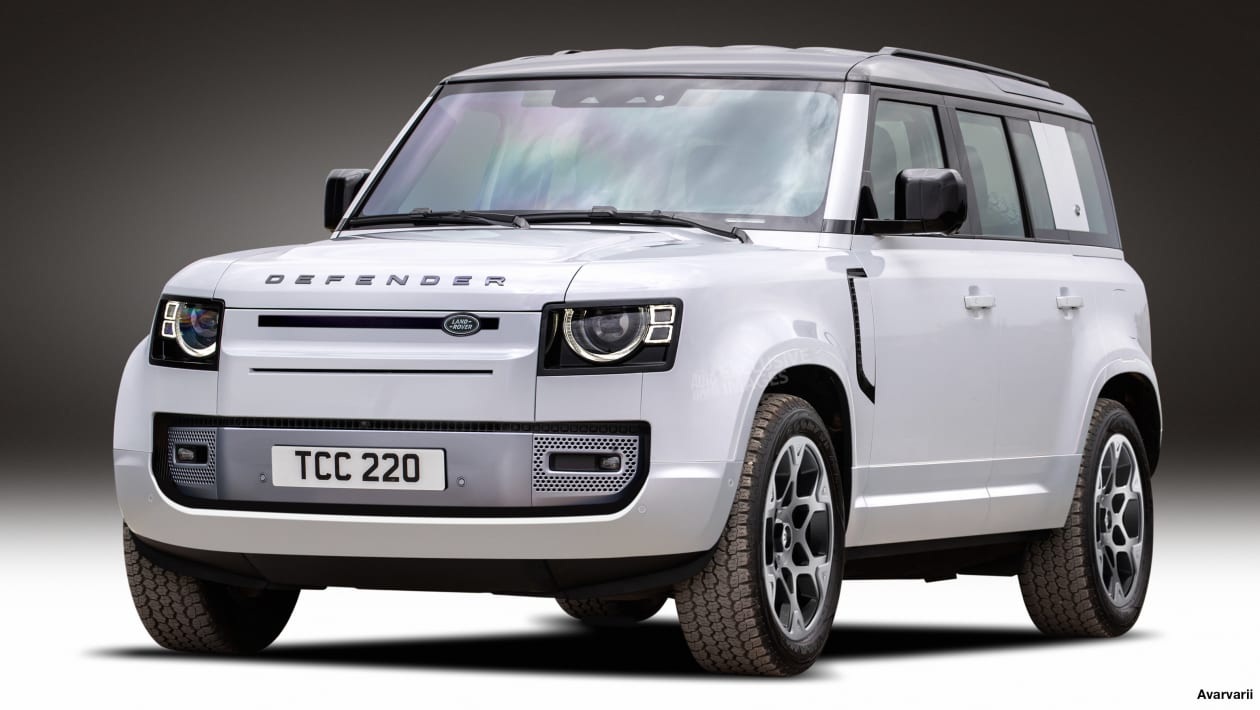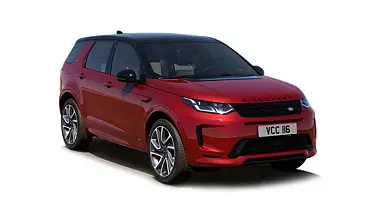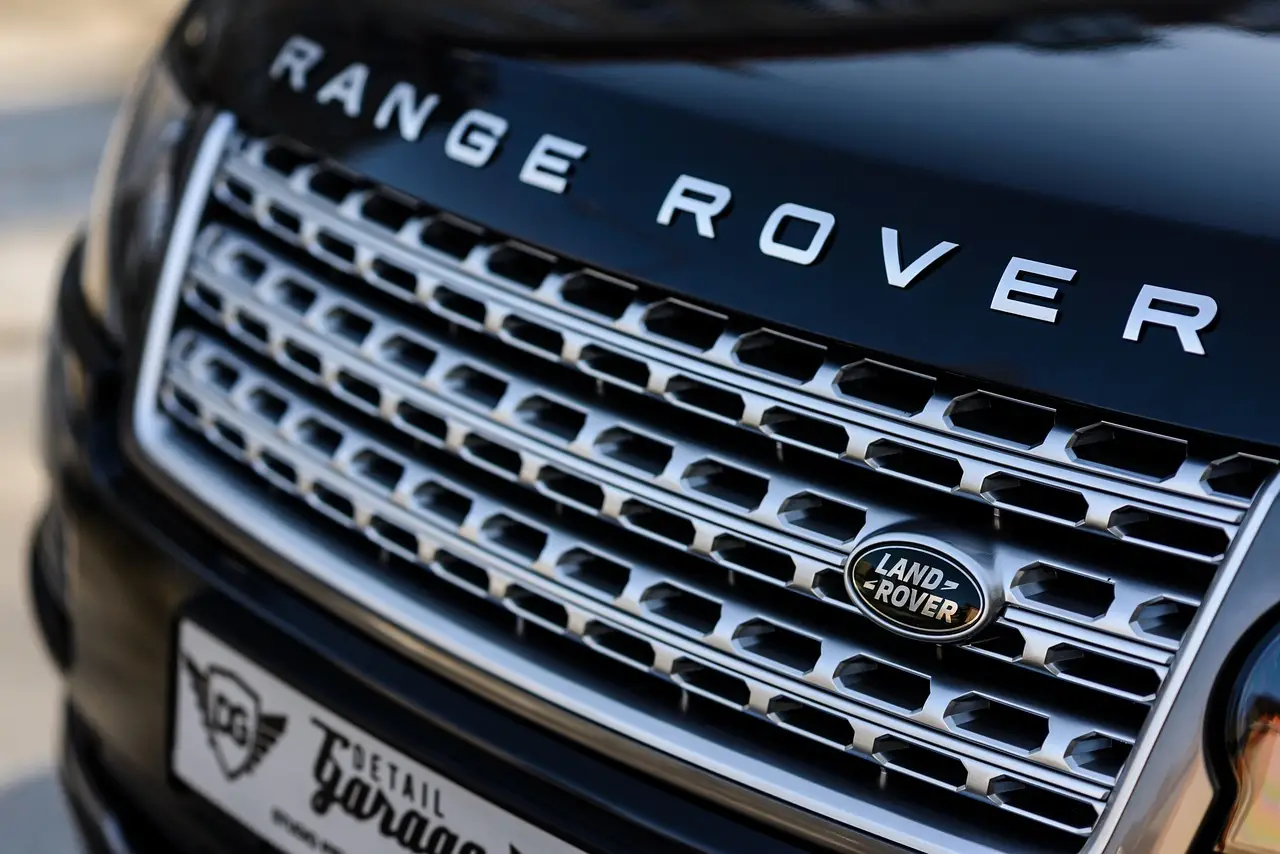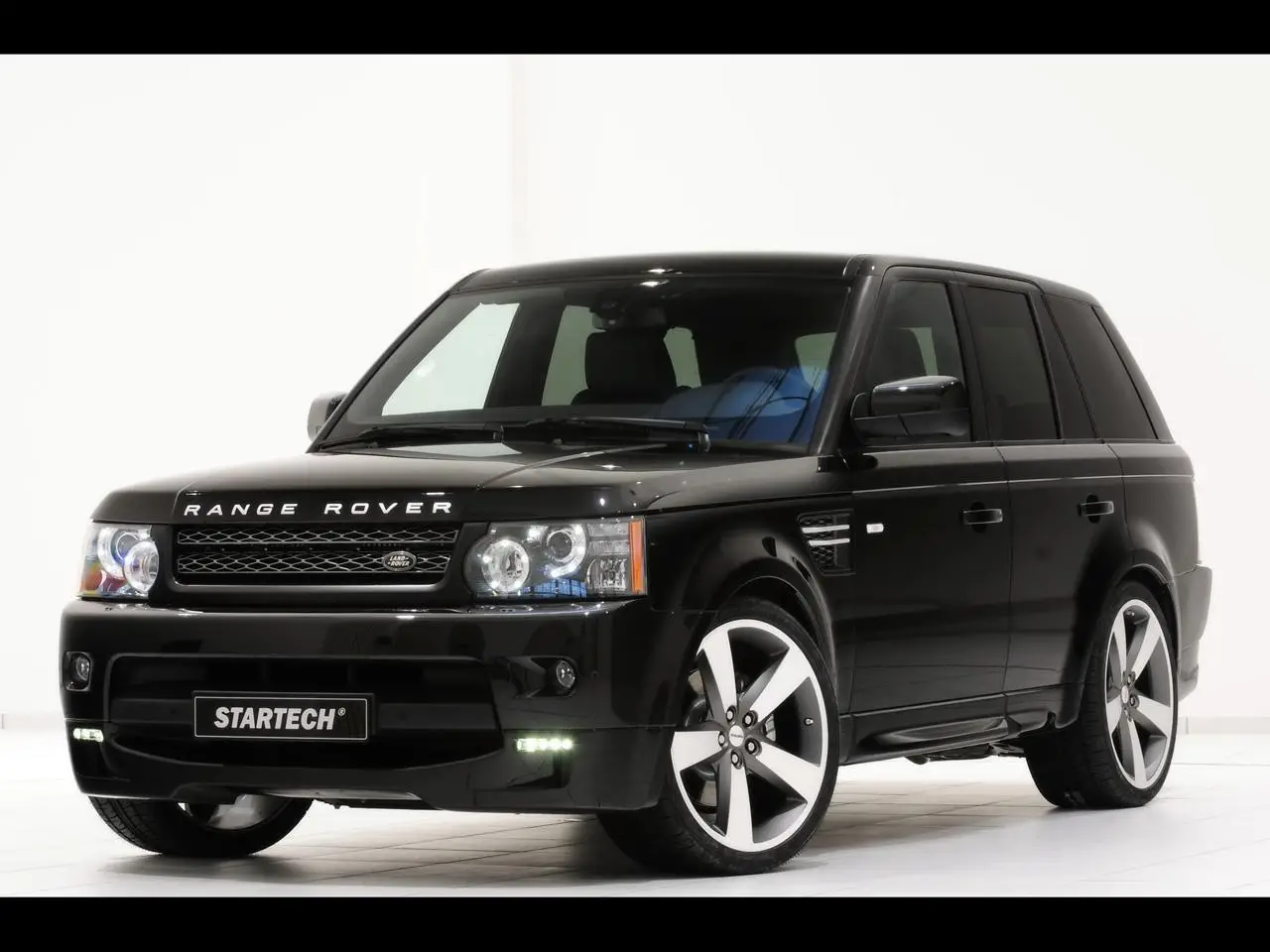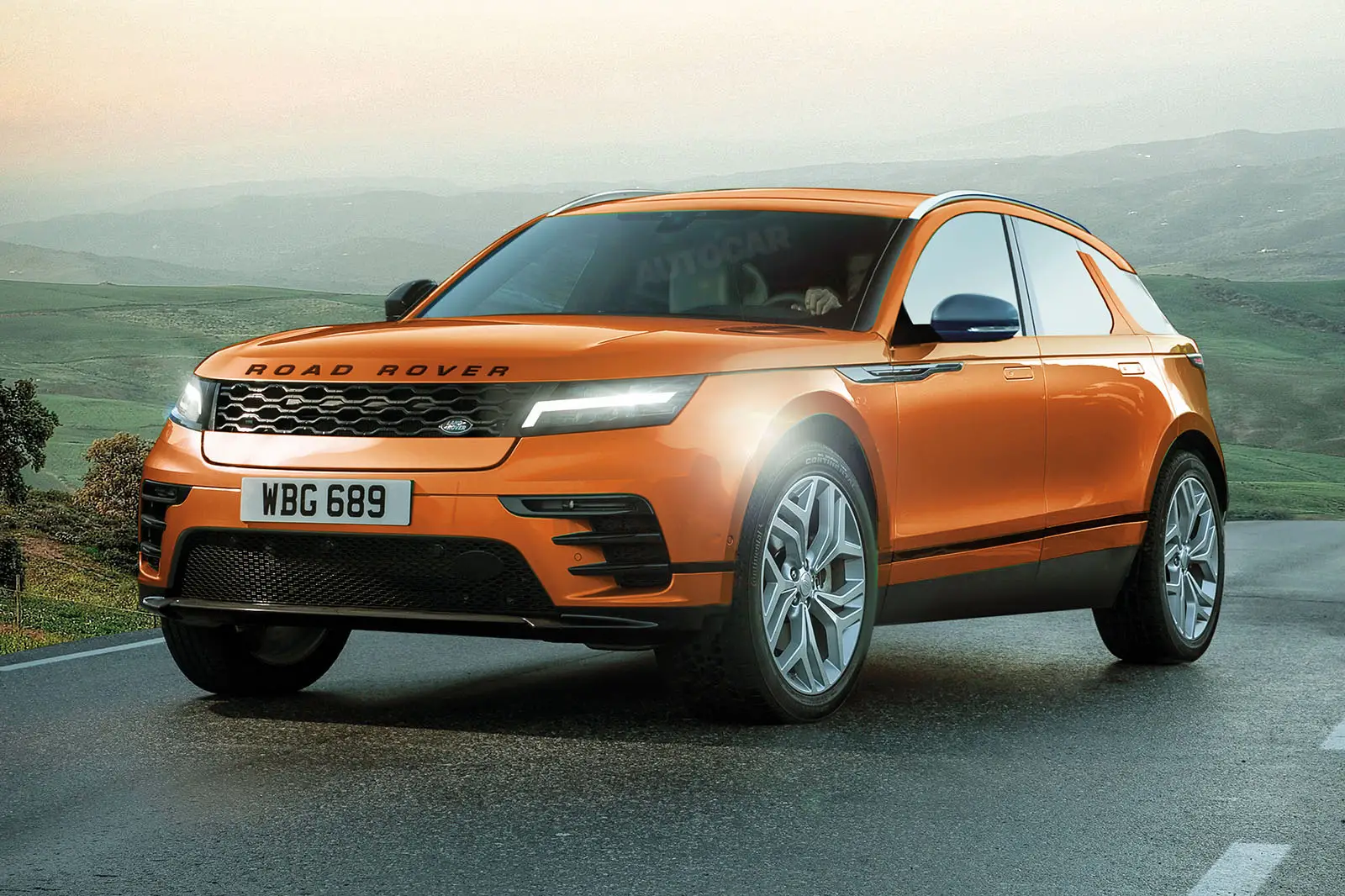Discover the History of Old Rover Cars
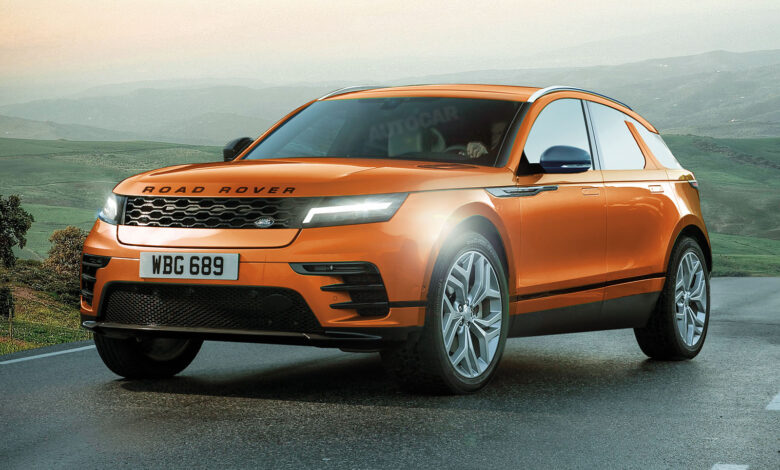
Are you a fan of classic cars? Do you love the look and feel of old vehicles? Then you may be interested in learning about the history of old Rover cars. Rover has a long and interesting history, dating back to the late 19th century. In this blog post, we will delve into the world of old Rover cars, exploring their features, popular models, maintenance tips, pros and cons, where to find them for sale, restoration projects, famous owners, and even comparing them to modern vehicles. Let’s take a trip down memory lane and uncover the fascinating story of old Rover cars.

History of Rover Cars
The story of Rover cars began in 1878 when the Starley Sutton Co. was founded by John Kemp Starley and William Sutton in Coventry, England. The company started out as a bicycle manufacturer and quickly became successful with their “Rover Safety Bicycle”, which featured a diamond-shaped frame and rubber tires. In 1885, the company changed its name to “J.K. Starley Co.” and then to simply “Rover” in 1896.
In 1904, Rover entered into the automobile industry with their first car, the Rover Eight. It was a small two-seater car with an eight horsepower engine and a top speed of 25mph. The company continued to produce cars throughout the early 20th century, with models such as the Rover Twelve, Sixteen, and Twenty. However, it wasn’t until the 1950s that Rover gained recognition for its luxury cars.
One of the most iconic moments in Rover’s history came in 1948 with the release of the Land Rover Series I. This off-road vehicle was designed to be tough and dependable, making it popular among farmers and military personnel. The Land Rover Series I, II, and III models remained in production until 1985 when the Land Rover Defender was introduced.
The 1960s and 1970s saw Rover producing more luxury cars, such as the P6 series and the SD1. In 1979, Rover faced financial difficulties and was acquired by British Leyland, which eventually became part of the Rover Group. Over the next few decades, ownership of Rover changed hands several times, with the company being acquired by BMW in the 1990s and then sold to the Ford Motor Company in 2000. Finally, in 2005, Rover became part of Tata Motors, an Indian multinational automotive corporation.
Today, Rover is not producing any new cars, but their legacy lives on through the classic cars that continue to be loved and cherished by enthusiasts around the world.
The Legacy of Rover Cars
The legacy of Rover cars can be seen today in their innovative design and engineering. Rover was known for its attention to detail and its commitment to producing high-quality vehicles. Their cars were also known for their refinement and luxury, making them popular among the upper class. Even today, old Rover cars are highly sought after by collectors and car enthusiasts.
Features of Old Rover Cars
Old Rover cars were known for their sleek and elegant design, with an emphasis on comfort and luxury. They were also renowned for their advanced technology and engineering, setting them apart from other cars of their time. Here are some of the standout features of old Rover cars:
Advanced Suspension Systems
Rover cars were known for their advanced suspension systems that provided a smooth and comfortable ride. One of their most notable innovations was the “Hydragas” suspension system, which used interconnected fluid-filled spheres to absorb shocks and vibrations. This technology was first introduced in the Rover P6 and later used in other models, including the SD1 and the MGF.
Innovative Engines
Rover was constantly pushing to improve their engines, and as a result, many of their models were equipped with powerful and efficient engines. In 1967, Rover introduced the first ever gas turbine-powered car, the Rover-BRM. This innovative vehicle was able to reach speeds of over 140mph and was used in various races and events.
Luxurious Interiors
Rover cars were known for their luxurious interiors, with features such as leather seats, wooden trims, and high-quality materials. The company prided itself on creating a comfortable and opulent driving experience, making their cars popular among those who appreciated luxury and style.
Vintage Legends Of The Road: The Best Classic Cars For Collectors
Popular Models of Old Rover Cars
Old Rover cars had a wide variety of models, each with its own unique features and characteristics. Here are some of the most popular and iconic models that have stood the test of time:
Rover P5
The Rover P5 was a luxury saloon car produced from 1958 to 1973. It was known for its elegant design, advanced engineering, and spacious interior. The P5 was available in two different engine sizes, the 3 litre and the 3.5 litre, both of which were six-cylinder engines. This model was popular among executives and government officials and was often referred to as the “Rolls-Royce of the common man”.
Rover Mini
The Rover Mini is perhaps one of the most recognizable and beloved models of all time. It was first introduced in 1959 as the “Morris Mini-Minor” and later became known simply as the “Mini”. This compact car was designed to be fuel-efficient and affordable, making it popular among the middle class. The Mini also gained popularity in the racing world, with rally victories and appearances in films such as “The Italian Job”.
Land Rover Series III
The Land Rover Series III was the final model of the original Land Rover series and was produced from 1971 to 1985. It featured a more modern and practical design, with improved suspension and a larger interior space. The Series III was also available in various body styles, including the popular “Station Wagon” model.
Maintenance Tips for Old Rover Cars
Owning an old Rover car requires some maintenance and care to keep it running smoothly. Here are some helpful tips for maintaining your classic Rover:
Regular Servicing
Regular servicing is crucial for any vehicle, but it’s especially important for old cars. By having your Rover serviced regularly, you can catch any potential issues before they become major problems. This will not only help keep your car in good condition, but it will also save you money in the long run.
Use Genuine Parts
When replacing parts on your Rover, it’s best to use genuine parts or high-quality aftermarket parts. These will be specifically designed for your car and will ensure that it runs at its best. Using low-quality or mismatched parts can cause further damage and decrease the value of your vehicle.
Keep the Engine Clean
Keeping the engine clean is essential for the overall health of your car. Over time, dirt and grime can build up, causing issues with the engine’s performance. Regularly cleaning the engine can prevent these problems and keep your car running smoothly.
Pros and Cons of Owning an Old Rover Car
Like any classic car, there are pros and cons to owning an old Rover. Let’s take a look at some of the advantages and disadvantages:
Pros:
- Unique and Stylish Design: Old Rover cars have a timeless design that sets them apart from modern vehicles. Their elegant and luxurious styling makes them stand out on the road.
- Vintage Appeal: There’s something special about owning a piece of history. Old Rover cars have a vintage appeal that attracts collectors and enthusiasts alike.
- Low Depreciation: Classic cars, in general, tend to hold their value better than modern cars. This means that owning an old Rover can be a good investment, as its value may increase over time.
- Relatively Easy to Maintain: Old Rover cars were built with simplicity in mind, which makes them easier to maintain and repair compared to newer vehicles.
Cons:
- Cost of Maintenance: While old Rovers may be easier to maintain, it doesn’t necessarily mean they are cheap to maintain. Parts for classic cars can be expensive and hard to find, making maintenance costs higher.
- Lack of Modern Features: Old Rover cars were produced before the age of technology, so they lack many of the features we have come to expect in modern vehicles. This includes things like air conditioning, power steering, and advanced safety features.
- Environmental Impact: Classic cars are not known for being environmentally friendly, as they can have poor fuel efficiency and emit more pollutants compared to modern cars.
Where to Find Old Rover Cars for Sale
If you’re in the market for an old Rover car, there are several places you can look. Here are some options for finding classic Rover cars for sale:
Online Marketplaces
Online marketplaces such as eBay, AutoTrader, and Craigslist often have listings for classic cars, including old Rovers. These websites allow you to search for specific models and filter by location, making it easier to find the car you’re looking for.
Classic Car Dealerships
There are also dealerships that specialize in buying and selling classic cars. These dealerships may have a selection of old Rovers for sale, and they typically have more knowledge about the history and value of these vehicles.
Classic Car Shows and Events
Attending classic car shows and events is another great way to find old Rover cars for sale. You can get up close and personal with the cars, talk to owners and sellers, and possibly even take one for a test drive.
Restoration Projects for Old Rover Cars
If you’re a fan of DIY projects, then restoring an old Rover car could be a rewarding and exciting experience. Here are some tips for taking on a restoration project:
- Do Your Research: Before starting a restoration project, it’s essential to do your research on the specific model you want to restore. This includes understanding the original design, features, and common issues.
- Create a Plan and Budget: Restoring a classic car can be costly, so it’s important to create a plan and set a budget before starting. This will help you stay on track and avoid overspending.
- Gather the Necessary Tools and Parts: You’ll need various tools and parts to restore an old Rover car, so it’s best to gather everything you need before starting the project.
- Take Your Time: Restoring a classic car is not something that can be rushed. It takes time, patience, and attention to detail to ensure a successful restoration.
Famous Owners of Old Rover Cars
Over the years, many famous and influential people have owned or driven old Rover cars. Some notable examples include:
Queen Elizabeth II
Queen Elizabeth II has been known to drive various models of Land Rovers for over 60 years. She has been photographed driving Land Rovers during her trips to Balmoral and Sandringham, and she even drove one in a James Bond sketch for the opening ceremony of the 2012 London Olympics.
Winston Churchill
Winston Churchill was a proud owner of a Rover P5B, which he nicknamed “Pug”. He often used the car for official duties and would often be seen driving around London in it.
The Beatles
The iconic British band, The Beatles, were all fans of old Rover cars. Paul McCartney famously drove a Mini Cooper, while John Lennon had a Rover P5 and George Harrison had a Range Rover.
Comparison of Old Rover Cars to Modern Vehicles
It’s interesting to compare old Rover cars to modern vehicles and see how they differ. Here are some key differences between the two:
Design
Old Rover cars were known for their unique and stylish design, whereas many modern cars tend to have a more streamlined and similar appearance.
Technology
Modern cars are equipped with advanced technology and features that were not available in old Rover cars. These include things like touchscreen displays, GPS navigation, and Bluetooth connectivity.
Comfort and Luxury
While old Rover cars were known for their comfort and luxury at the time, modern cars have raised the bar with features such as heated seats, automatic climate control, and adaptive cruise control.
Future of Old Rover Cars
The future of old Rover cars may be uncertain, but one thing is for sure: they will continue to hold a special place in the hearts of car enthusiasts. As long as there are collectors and fans of classic cars, old Rovers will continue to be appreciated and preserved. With advancements in technology and environmental concerns, it’s unlikely that these cars will ever return to production, making them even more valuable and sought after.
Conclusion
In conclusion, old Rover cars have a rich and fascinating history that spans over a century. From their humble beginnings as a bicycle manufacturer to becoming one of the most iconic luxury car brands, Rover has left its mark on the automotive industry. Their legacy lives on through the classic cars that are still loved and cherished by enthusiasts around the world. Whether you’re a collector, enthusiast, or simply appreciate the beauty and craftsmanship of old cars, the history of old Rover cars is one worth exploring.
Comfort, Style, Practicality, Power: The Best Luxury SUVs Of 2023



